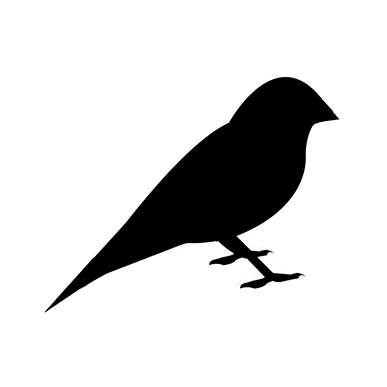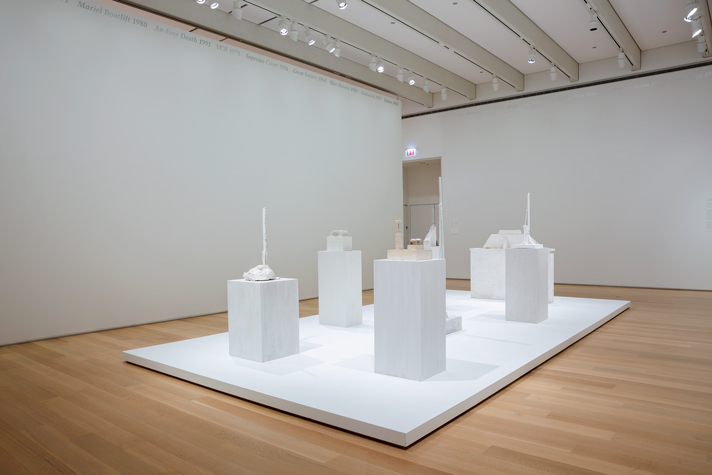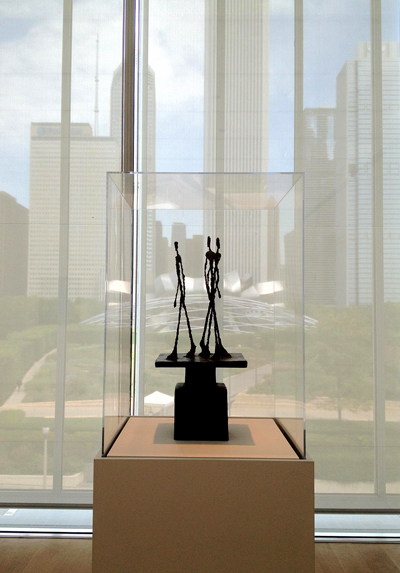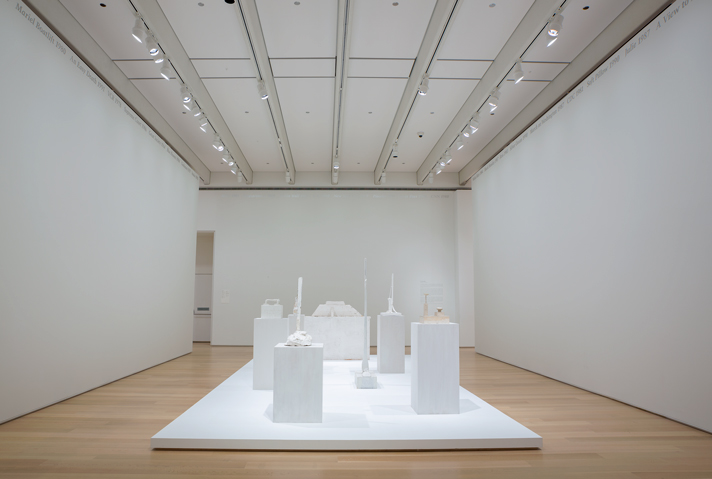Perhaps still more, I think about connecting and shaping across spaces
with Lauren Henkin

Twombly’s sculptures seem like such a perfect example of how a slight shift in environment can bend one’s perspective on a work of art. Can you expand on this passage and talk about the importance of these considerations in the presentation of art?
+

For one thing, different spaces very clearly allow us to see them better, or the opposite, different spaces might obscure their materiality. This has to do largely with their white-paintedness: the color of walls and choices in lighting can draw out the distinctions among and incidents within or upon the white coats of paint, or else they can flatten such qualities into a more general “glow.”
For another thing, while I always think about circulation in an installation space, and the breathing room a given work needs, with Twombly’s sculptures we’re dealing with three-dimensional works that I find unusually frontal. If it’s difficult for me, in other circumstances, to install a sculpture without the possibility of 360-degree circulation around it (so that viewers can see a sculpture fully “in the round”), here I have been surprised to find that enhancing or even exaggerating the sculptures’ frontality does help me encounter them as they are. In their fourth iteration at the Art Institute since arriving in 2010, they are currently clustered on a large, low platform, with an open pathway around them as a group rather than around each singly–which could open onto a whole other question about how these sculptures operate together above all. So we had to think very carefully about what counted as the “front” of each work, and which sculptures a viewer would in fact see first from a side or a back depending on point of entry, for there are a whopping five different doorways that lead into and out of this new space.

[I did not install the Giacometti gallery–the third floor is overseen by my colleague, Stephanie D’Alessandro, curator of modern art. So I cannot speak to how pointed her juxtaposition of those figures with the skyline was.]


1Cy Twombly: Untitled, Lexington, 1948, wood, porcelain and metal knobs, cloth, and house paint; Untitled, New York, 1955, wood, cloth, nails, and house paint; Untitled, Rome, 1985-1995, wood, plaster, sand, clay, and white paint; Untitled, Bassano in Teverina, 1980, wood, plastic leaf, cloth, nails, clay, glue, and white paint; Untitled, Bassano in Teverina, 1987, wood, plaster, nails, clay, glue, white paint, traces of red paint, red crayon, and blue crayon; Untitled, Bassano in Teverina, 1989, wood, plaster, nails, traces of red and blue paint, glue, and white paint; To (F.P.) The Keeper of Sheep, Jupiter Island, 1992, wood, cloth, plaster, nails, and white paint. All works collection of the Cy Twombly Foundation on long-term loan to the Art Institute of Chicago; Felix Gonzalez-Torres, Untitled, 1989/present, paint on wall The Art Institute of Chicago, bequest of Carolyn Spiegel; Watson F. Blair Prize, Muriel Kallis Newman, Sara Szold and Modern and Contemporary Discretionary funds; Samuel and Sarah Deson and Oscar L. Gerber Memorial endowments; and the San Francisco Museum of Modern Art, Accessions Committee Fund Purchase: gift of Jean and James E. Douglas Jr., Carla Emil and Rich Silverstein, Collectors Forum, Doris and Don Fisher, Niko and Steve Mayer, Elaine McKeon, and Danielle and Brooks Walker Jr.
2See David Sylvester’s “The White Originals: Cy Twombly: The Sculpture,” Art in America 88, no. 7 (July 2000), 66 — 75; and “Twombly Sculptures in Houston,” Art in America 88, no. 12 (December 2000), 51.
3Kate Nesin Cy Twombly’s Things, (New Haven: Yale University Press, 2014), 42.


